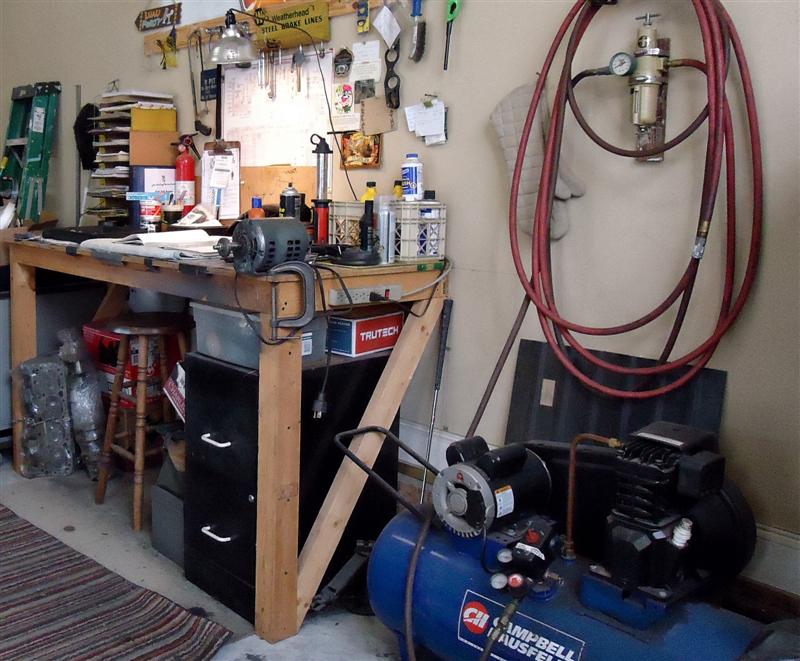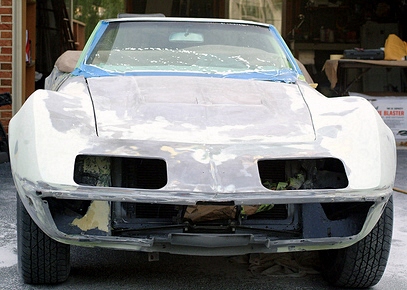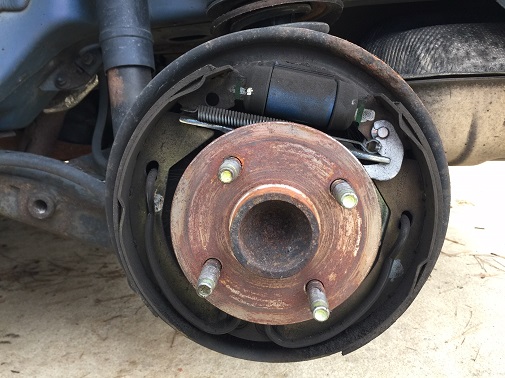Restore An Old Car
Automotive restoration is much more than just about the old car in your garage. It's about having a reverence for the past and helping to preserve history. It's about meeting similar-minded people who share the same passion, and learning skills you didn't know you had.
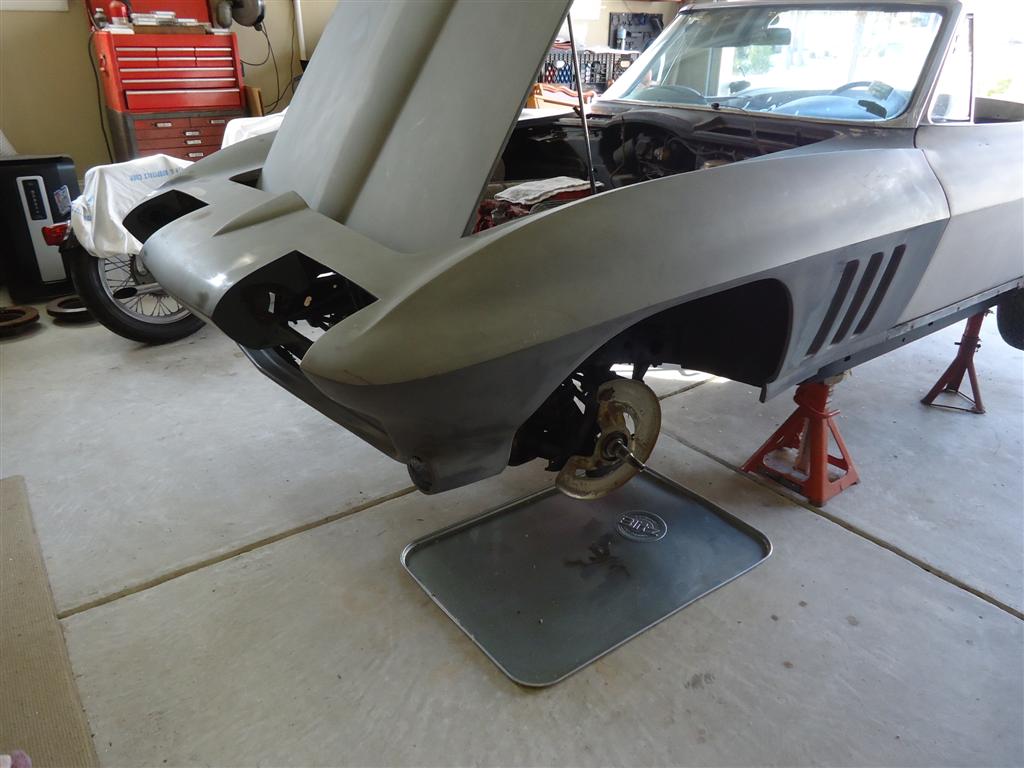
There are three basic types of automotive restoration (and many sub-categories).
******************
Cosmetic Restoration
A cosmetic restoration is one in which bodywork and paint is needed.
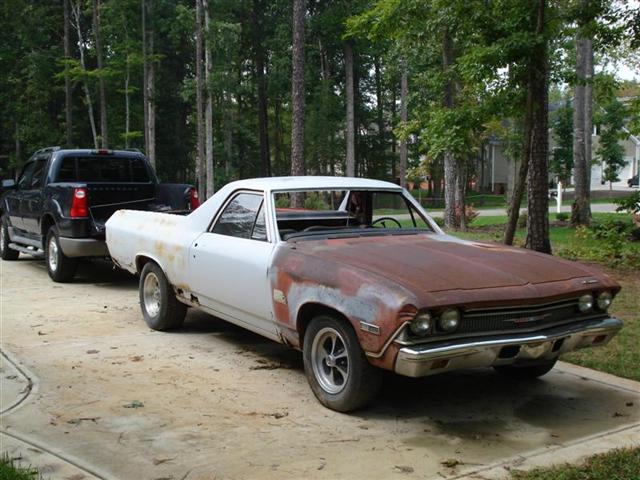
These repairs include rust, dents, paint scratches, and cracked glass.
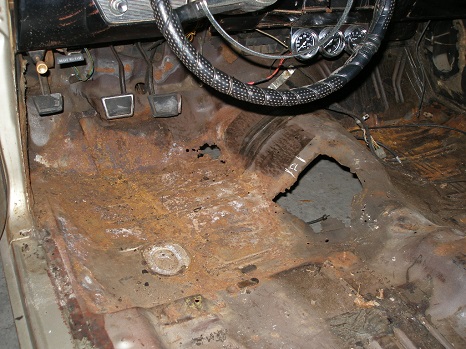
An old weathered car that has been outside for decades may need major sheet metal repair, and the repair costs may be higher than what the car will be worth when done.
******************
Mechanical Restoration
An old car whose exterior in good shape (paint, trim, chrome), but is not running or running poorly, needs only a mechanical restoration.
Since bodywork and paint are costly and time-consuming, finding an old car needing only mechanical attention would be an easier and less expensive restoration to complete.
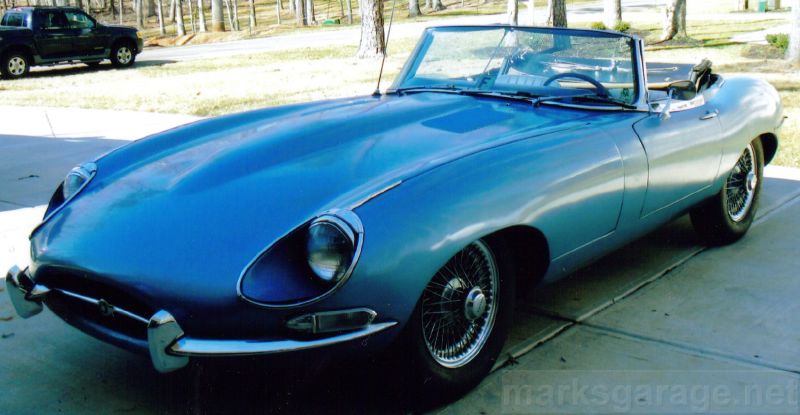
An example of a mechanical restoration is this 1968 Jaguar XKE.
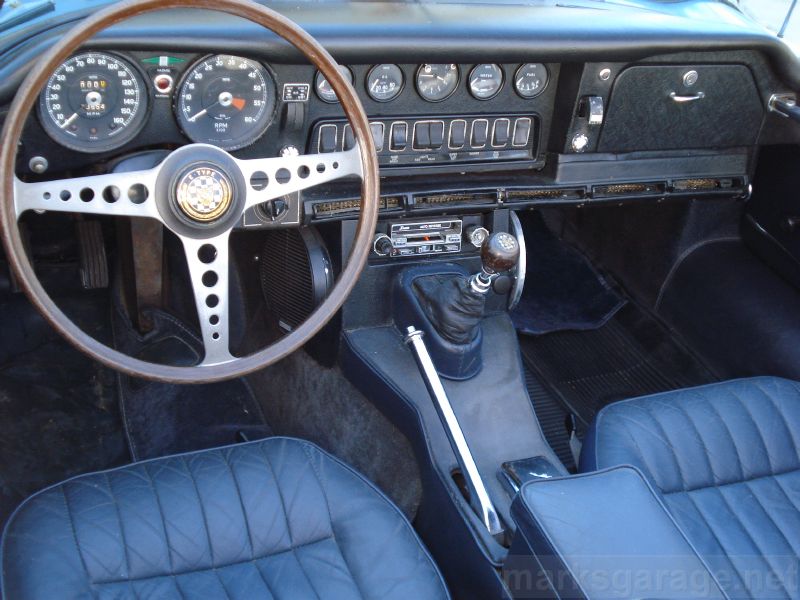
When purchased in 2006, the body, top, and interior were still original and nearly perfect--it needed only mechanical repair.
******************
Complete Restoration
A complete frame-up restoration includes not only repair of the parts that can be seen, such as paint, trim, chrome, etc., but also the parts that are not visible, such as engine and engine compartment, trunk, frame, drive line, brakes, etc.
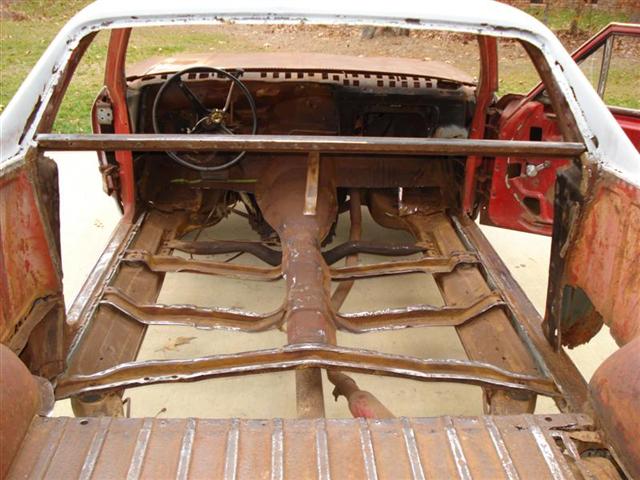
If the body is removed from the frame, it is considered a "body off" or "ground up" restoration.
Body Off Frame
A body-off-frame restoration is not always desirable or needed. Why does the body need to come off? Is the rust and rot that extensive?
If your old car spent it's life in a colder climate where salt is used on wintry roads, it may have major body and/or frame rot. The only proper way to inspect and repair frame rot is by removing the body from the frame.
Reasons To Remove Car Body From Chassis
A car with a nice body that has a bad frame.
A car that has a good frame but a bad body.
A car that has bad body bushings.
If body lifting is needed, you could get five or six people together and lift it by hand. But the best way to lift a body off a frame is with a two-post garage lift.
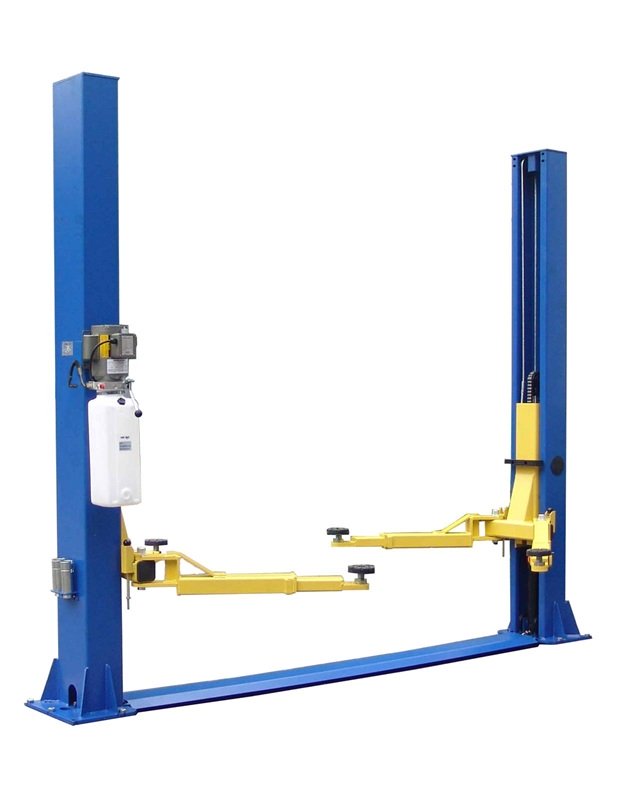
Pictured: Tuxedo Two-Post Floor Plate Lift sold by Summit Racing
Body Bushings
With few exceptions, car bodies are attached to frames with rubber bushings. After 30 or 40 years, they become weak and brittle and break apart. Not only will this invite squeaks and rattles, the car may sag in spots. A prospective buyer can detect worn body mounts by simply looking under the car with a flashlight.
****************
Should I Restore An Old Car Myself?
A person who wishes to repair and maintain their own car needs to have mechanical ability and the willingness to learn new skills, but a person who wishes to restore an old car needs to have much more.
Body work and mechanical work are two very different skills--many restorers possess one but not the other. Someone who wants to restore an old car by themselves needs to know both. Of course, some of the work can be farmed out to speciality shops.
If you like old cars and you're mechanically inclined, classic car restoration may be worth your time. But don't think that it will all go easily. They'll be plenty of unforeseeable obstacles. And it's even harder when you're raising a family and working a full-time job. But somehow, we find the time and get it done.
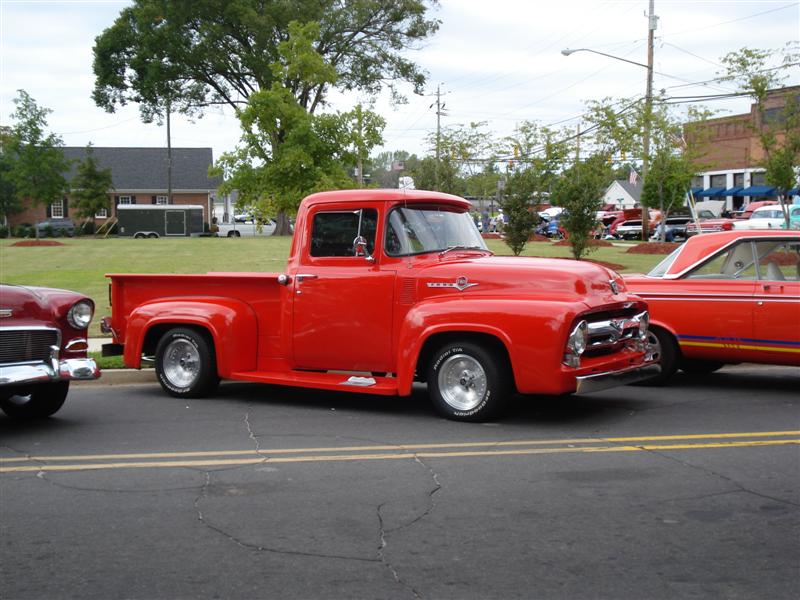
With proper tools and skills, what you can accomplish in your home garage can easily rival what professional shops do. But it will take a lot longer.
Arguably, the three most important elements needed to restore an old car are knowledge, patience, and tools. Everything is easier when you have the proper tools and equipment.
Automotive restoration tools include hand tools, air tools, engine tools, and bodywork tools.
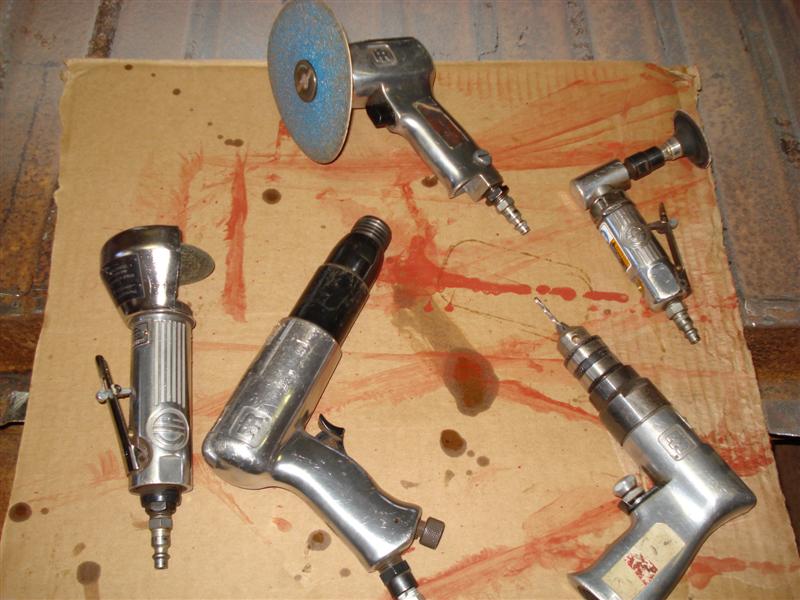
Read: Automotive Restoration Tools
*****************
Instead of wishing in vain for a bigger garage, why not work on getting the most out of the space you do have?
Read: Set Up Garage Workshop
*****************
Just because your classic car is old, doesn't mean the motor needs a rebuild. It may only need minor repair that can be done without pulling the engine out. To determine what is the best course of action, diagnose your engine's condition and symptoms.
Read: Does My Engine Need An Overhaul?
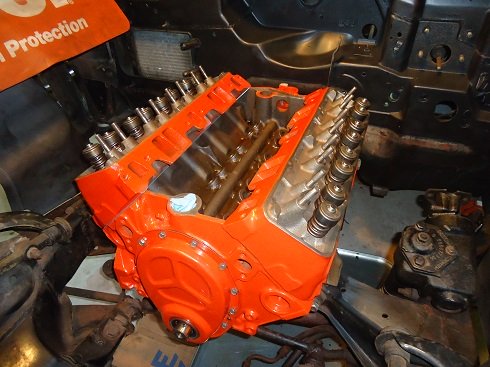
Read: Classic Car Engine Overhaul
*****************
Automotive bodywork is time-consuming, messy, and frustrating, but when done correctly, gives the most satisfying results. Unfortunately, there is no shortcut or "easy way" to doing restoration-quality bodywork. What you put into it is what you get out of it.
Read: Automotive Bodywork
*****************
There are two things you shouldn't skimp on during an old car restoration, and those two things are tires and brakes. Even if there's still good usable tread, tires start to dry rot in 5-6 years, even sooner in hot climates.
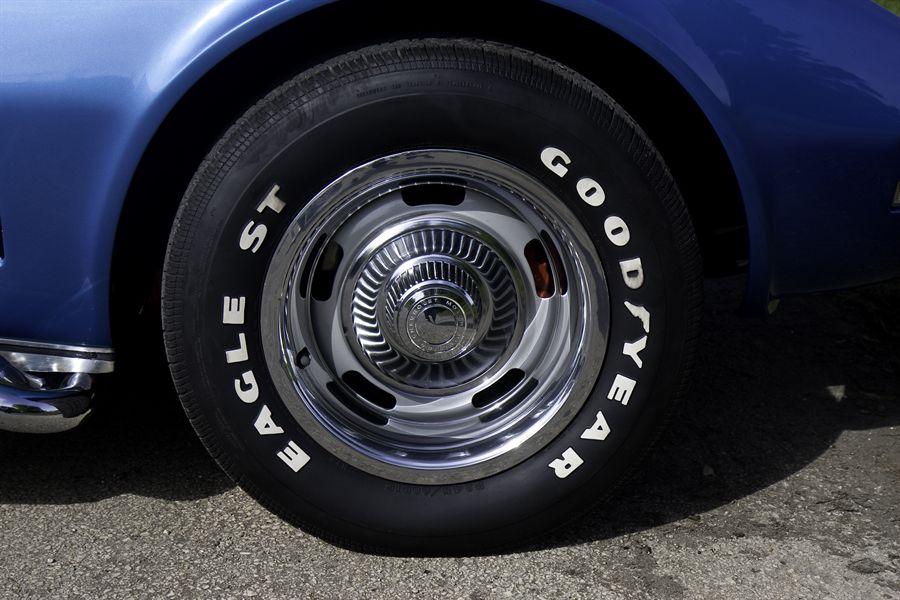
Read: Classic Car Tires
Repairing or replacing the brake system is the most important part of any old car restoration. If you notice a low or soft brake pedal, it's a sign something is wrong.
Read: Disc And Drum Brake Overhaul
*****************
Completion of a major project, such as restoring an old car, is extremely rewarding. The feeling you get is like no other!
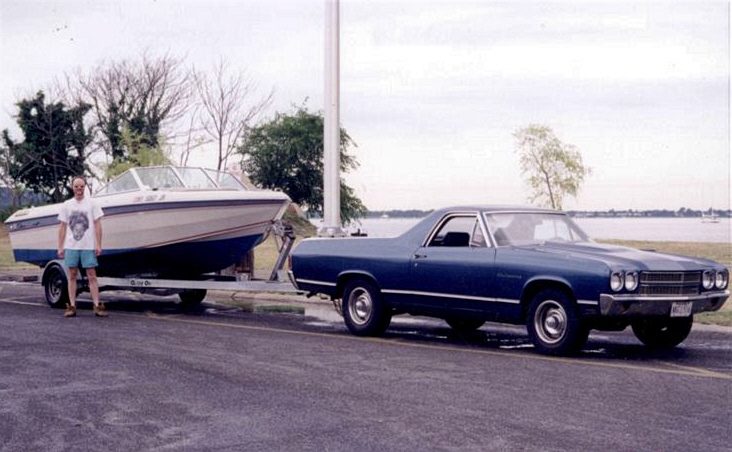
This site is dedicated to helping the classic car enthusiast repair, restore, maintain, and enjoy their old car. Over 125 pages and 500 images of automotive history and how-to articles for old cars, trucks, and Jeeps!
******************
Articles of Interest:
Best Old Cars To Restore
Best Old Trucks To Restore
Getting An Old Car Running
Classic Car Maintenance
American Cars of the Fifties
Hot Rods and Customs
Set Up Garage Workshop
Best Oil for Classic Cars
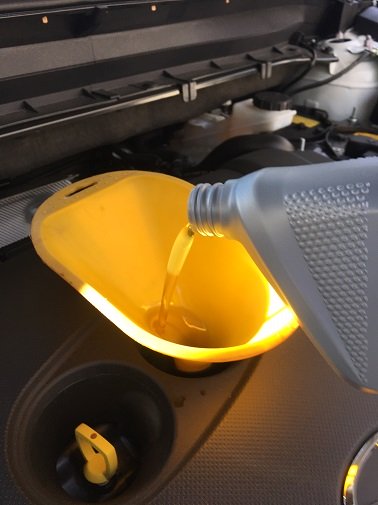
Best Oil For Daily Drivers
*********************
Restore-An-Old-Car.com was chosen by SilverSurfers.com as "Best Of The Web" in the Automotive category!
